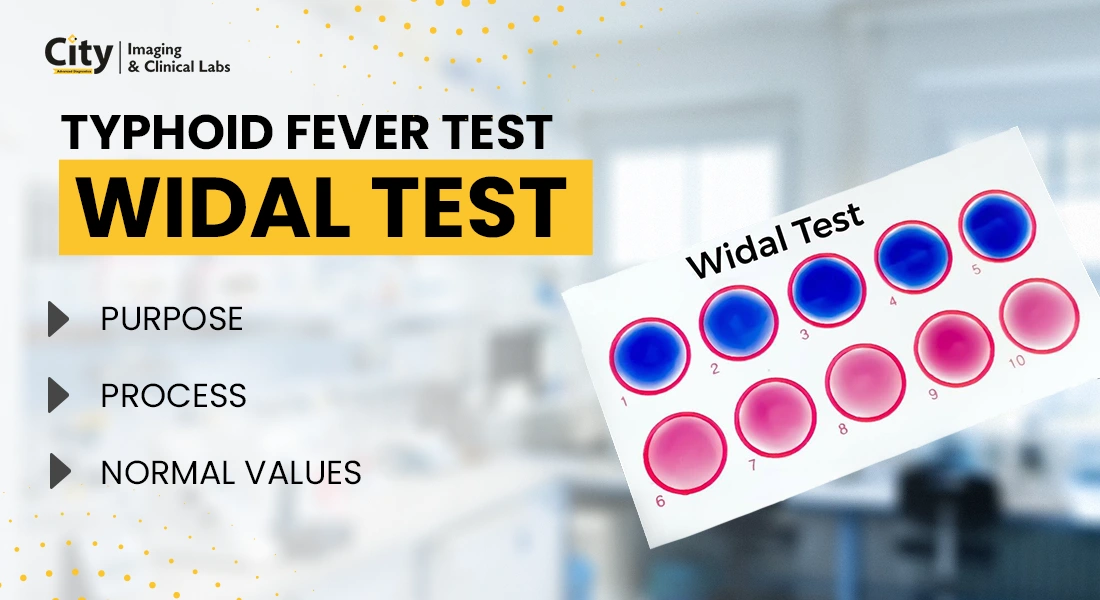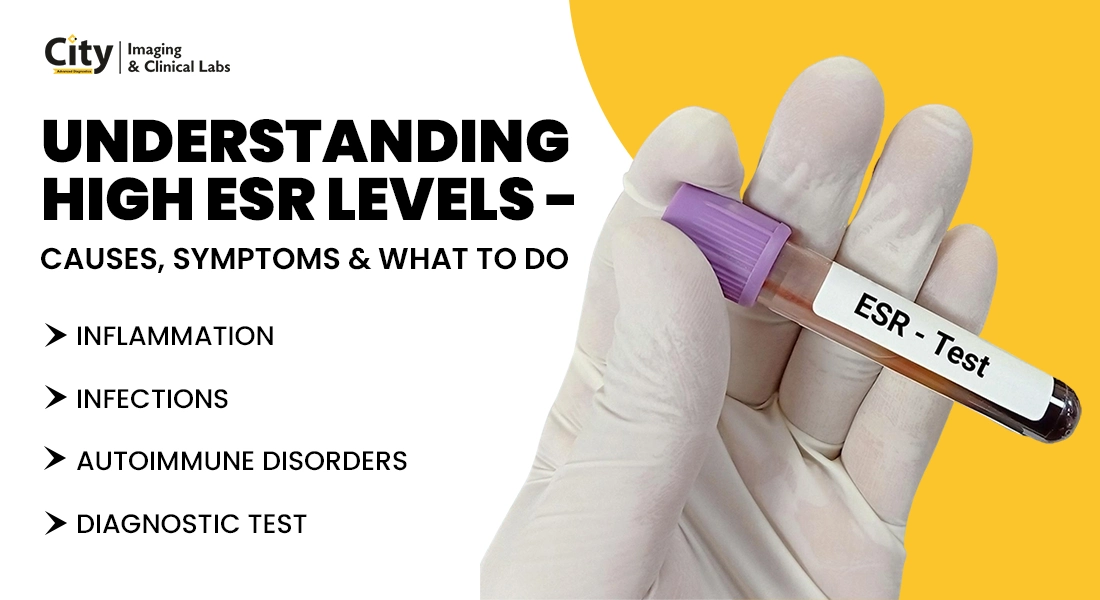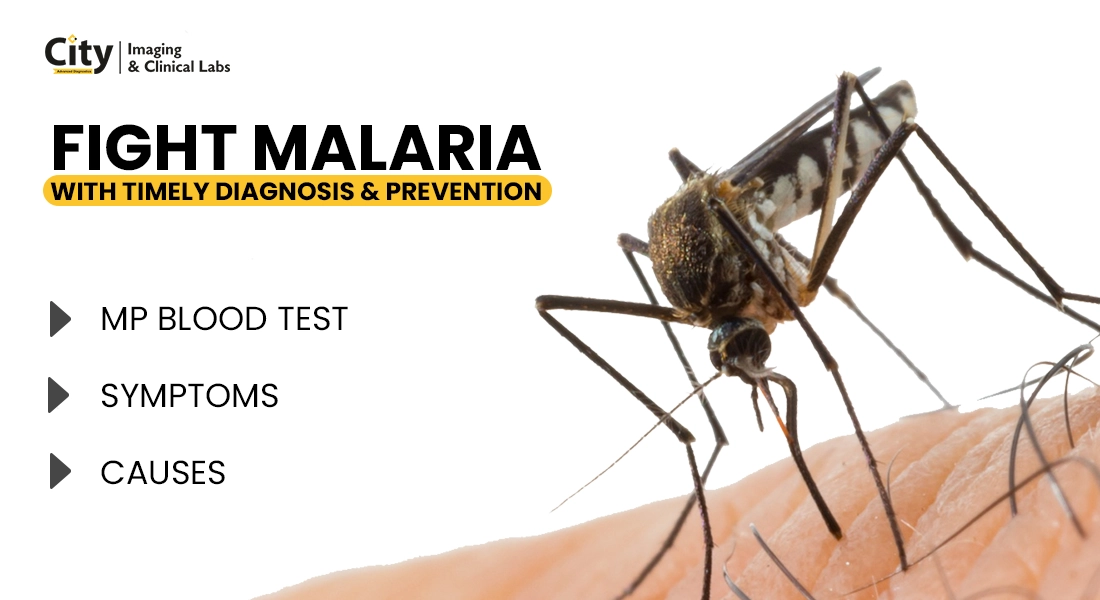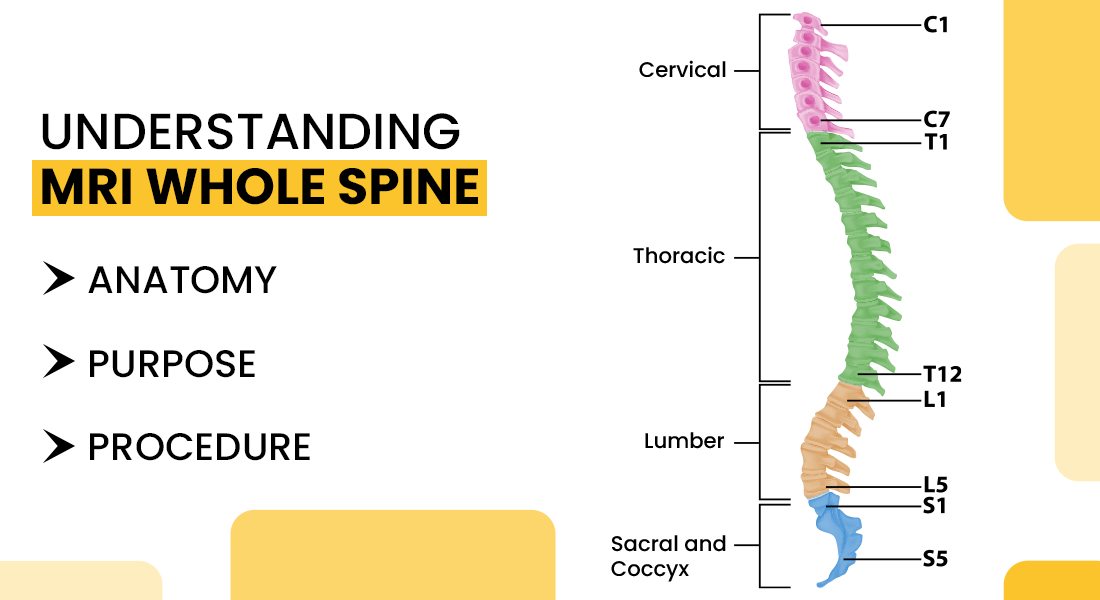Typhoid Fever and Widal Test - Purpose and Normal Range

Widal test remains one of the most common diagnostic tools which is developed for detecting Typhoid fever. It was developed many years ago, and it still serves as one of the most effective procedures today for detecting typhoid infection. The test relies on the usage of antibodies that a person’s body makes when they are affected by Salmonella bacteria.
However, it is important to understand the test and its indications when interpreting the results for the affected persons. In this blog post, we are going to address the meaning, interpretation, and multiple factors related to this test.
What is Widal Test?
To understand the Widal test, it is important to have a good understanding of the disease for which it is conducted. Typhoid fever, which is also known as enteric fever, occurs when a person’s body is heavily affected by Salmonella Typhi. This bacterium generally enters your body due to consumption of contaminated food and water, which have possible faecal contamination.
Widal test is known as a serological blood test in which antibodies against the bacteria produced by the human body prevent infection. The Widal positive test means antigen-antibody precipitation reaction; please note that there are two main types of bacteria:
- Salmonella typhi
- Salmonella paratyphi
The S. typhi is known to provide two antigens, which are TO, also known as the primary antigen and TH, which is denoted as the secondary antigen. On the contrary, S. paratyphi has two antigens, S. paratyphi A and B; these antigens are widely present in cases of infections.
The Widal positive test means antigen-antibody complexes are formed, and the person has Typhoid fever. However, if the antigen does not bind with the antibody, it means the person is not affected by Typhoid.
What is the Principle of Widal Test?
Food which are covered with or have traces of faecal material inside them might be accidentally consumed by a person. As the faecal material is not part of the body, it is identified as antigen by the immune system inside the person’s body.
The body’s immune system starts to identify the antigens and produce antibodies against the same. Any agglutination reactions between the antigen and the antibody indicate Typhoid fever.
Please note that the Widal test is used for confirming the antigen via the agglutination reaction; the antibodies in the serological tests are designed to react with the antibodies produced by your blood against the antigens.
Interpreting the Widal Test Results
The test is performed in terms of titres, which is the dilution at which the antibodies are detectable in the serum. The main antigens which are tested are as follows:
- O Antigen is checked for identifying the presence of disease or its occurrence previously before the test
- H or flagellar antigen
- AH and BH antigen indicates the cause of disease either by Salmonella paratyphi A or B
However, please note that interpretation requires proper understanding, and a single positive test does not indicate typhoid fever. Cross-reactions might also occur if there is any other infection present inside the body.
Limitations of the Widal Test
- There are chances of false positives due to febrile illness or previous exposure to some diseases
- In the early stages of illness, it might show low sensitivity
- The test is unable to distinguish between past and present infections
- The titer values of the Widal test might vary from one region to another
Significant Advantages of Widal Test
There are several advantages of the Widal test; they are as follows:
- Easy to conduct, and they are affordable
- Rapid results within a day
- This is helpful in preventing outbreaks, and it acts as a presumptive diagnosis
- Helps with empirical treatment decisions, which is helpful when no better methods are available
Final Words
A positive Widal test indicates that you might have Typhoid fever. In such cases, you will need immediate antibiotic treatment as prescribed by an experienced practitioner. Follow-up tests are required to identify if the disease is completely cured.
DISCLAIMER: THIS WEBSITE DOES NOT PROVIDE MEDICAL ADVICE. The information including text, graphics, images, and other material contained on this website is for informational purposes only. No material on this site is intended to be a substitute for professional medical advice, diagnosis, or treatment. Contact a health expert if you have questions about your health.





_Test_1100x600.webp)



Comments List